NASA Nears Object Beyond Pluto: Live Feeds Starting
It seems like yesterday that NASA's New Horizon mission passed by Pluto. Now, 3 years after that unprecedented closest-ever pass-by, this space detection unit is about to reach "ULTIMA THULE" the object we've never seen before! The name means "beyond the known world," and it's going to be amazing!
It's now 13 years since NASA originally launched the New Horizons mission. Only shortly before that, NASA downgraded the tiniest planet in our solar system to a "dwarf planet." Only the following planets are considered true planets inside our solar system: Mercury, Venus, Earth, Mars, Jupiter, Saturn, Uranus, and Neptune. Beyond Neptune is Pluto, and beyond Pluto is the Kuiper Belt (of space rocks and whatnot), and Eris.
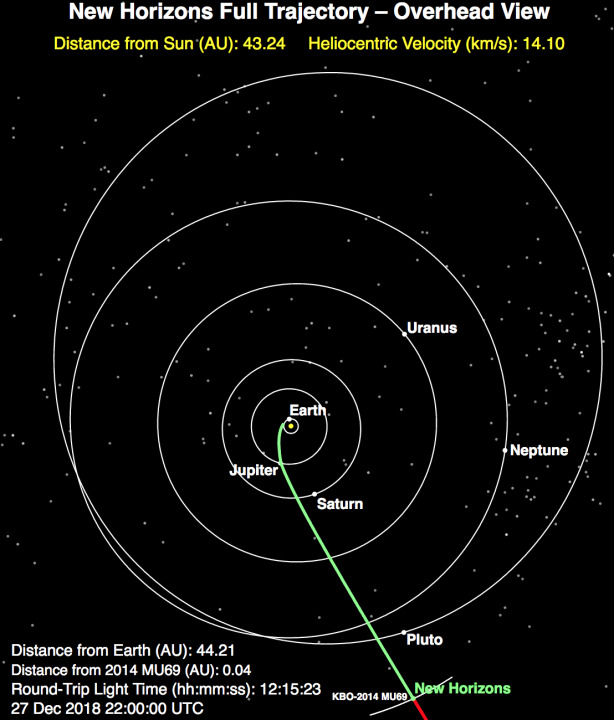
The flyby of the next closest object to the New Horizons craft will take place on January 1st. Much like its flyby of Pluto, the Kuiper Belt flyby target "Ultima Thule" till capture as many photos and other bits of media as possible. Barring major technical mishaps, we'll see imagery from this flyby right around 12 hours after the turn of 2019 (New Year's Day) EST (so right at lunch time!)
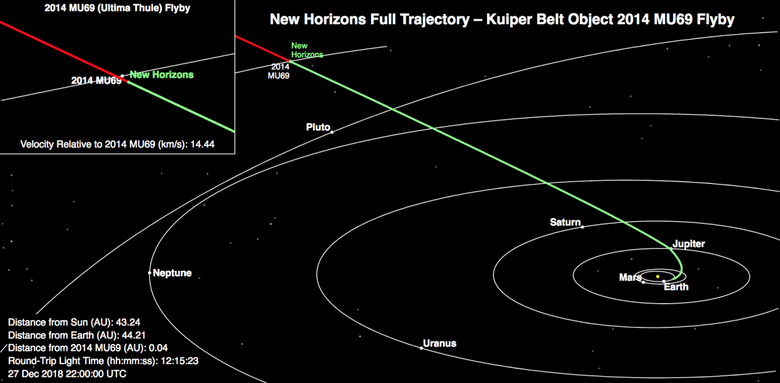
Back on August 28th, 2018, Johns Hopkins University Applied Physics Laboratory released news that they'd collected their first images of Ultima Thule from New Horizons. This object began to appear four months before the craft would make its closest approach. On August 28th with New Horizons' telescopic Long Range Reconnaissance Imager (LORRI), we were able to see this:
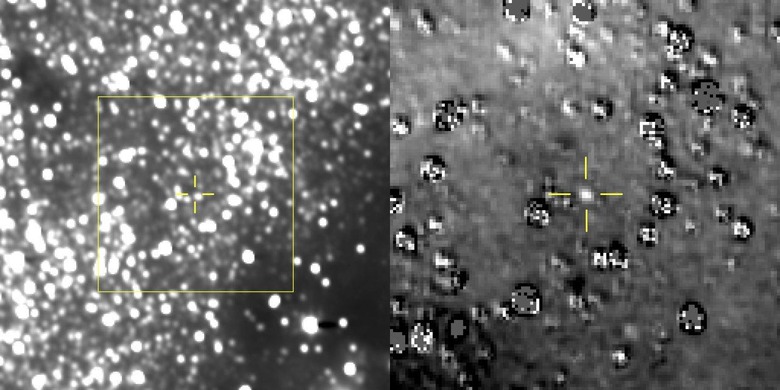
ABOVE: Image via NASA/Johns Hopkins University/Southwest Research Institute.
On the 20th of December (last week), Johns Hopkins University released news that they had officially recorded their first "mystery" of the Ultima Thule space object. The mystery was that they were unable to detect any light curve.
Light Curve is the graph of the brightness recorded via any celestial body. The graph of brightness shows that a planet is rotating, or that a planet has moved between a star and our observation point. Because no variation in brightness was thus far detected from Ultima Thule, the object (or objects) become a bit of a conundrum.
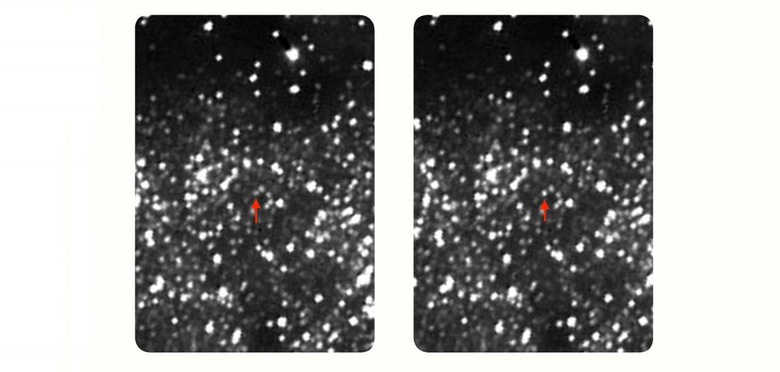
ABOVE: Ultima Thule as of Christmas Eve, 2018. 2014 MU69 (nicknamed "Ultima Thule") Image via NASA/Johns Hopkins University/Southwest Research Institute.
"It's possible that Ultima's rotation pole is aimed right at or close to the spacecraft," said Marc Buie of Southwest Research Institute. SETI Institute's Mark Showalter added, "Another explanation is that Ultima may be surrounded by a cloud of dust that obscures its light curve, much the way a comet's coma often overwhelms the light reflected by its central nucleus."
"An even more bizarre scenario is one in which Ultima is surrounded by many tiny tumbling moons," said New Horizons assistant project scientist Anne Verbiscer. "If each moon has its own light curve, then together they could create a jumbled superposition of light curves that make it look to New Horizons like Ultima has a small light curve."
Perhaps instead we're looking at a new sort of space object – one we've only heard tell of in stories. Maybe we're approaching another spacecraft, and that spacecraft has a cloaking device which keeps its size and shape from detection by prying eyes such as ours. Is it time for Starship Troopers? Is this Ender's Game?
How to follow the Ultima Thule flyby
Starting on the 28th of December, 2018, NASA and associated group coverage will begin. Starting at 1PM Eastern Time on the 28th, there'll be a broadcast of a feature called "New Horizons: Beyond Pluto. Preview of the spacecraft and science operations during the Ultima Thule flyby." Per the updating schedule from NASA you'll find additional details on that.
On the 31st of December, starting at 2PM EST, NASA will host a press briefing. At 3PM there'll be a Q&A session with the New Horizons Team. At 8PM EST there'll be a panel discussion followed by Ultima Thule flyby countdown events and mission updates.
Starting on the 1st of January at 12:15 – right after you've celebrated the turning of the new year to 2019 – "Live coverage of countdown to closest approach (12:33 AM)" will begin. There'll also be real-time flyby simulations at the time at which the event will occur.
OF NOTE: While the actual flyby will occur at just after midnight, signal-acquisition coverage will begin at 9:45AM EST on the 1st. At 11:30AM EST, there'll be another press briefing with spacecraft status and the latest images and data download schedule points.
Photos take around 12 hours to transmit from the craft back to Earth, in general. As the craft moves further from our planet, times for transmission of data will increase (because of physics!)
Science results will begin to be released starting at 2PM EST on the 2nd of January, 2019. Another press briefing with science results will take place at 2PM EST on the 3rd of January, as well. As data arrives, photos should appear at a gallery over at JHUAPL and
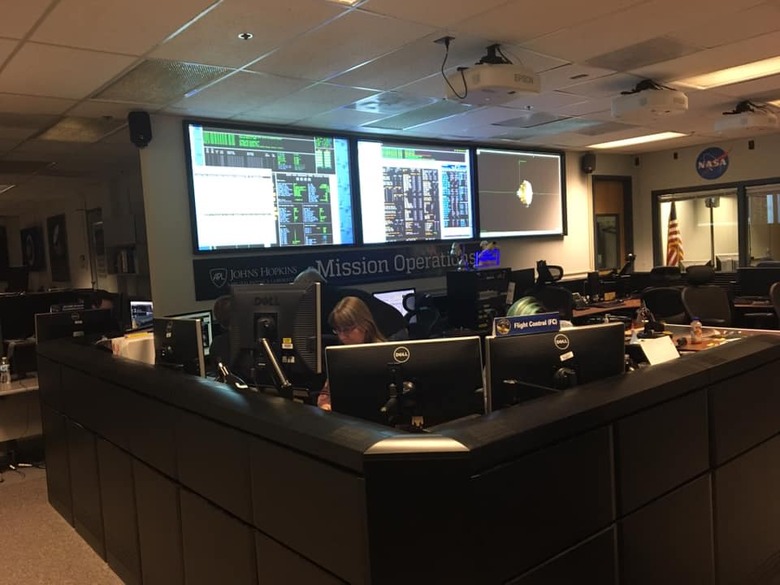
UPDATE ON LIVE FEEDS: While normally we'd see a NASA feed available already right now, we're currently in the middle of a United States federal government shutdown. According to JHUAPL: "Should the federal government shutdown continue through New Horizons' Ultima Thule flyby – and NASA TV, nasa.gov and other agency digital and social channels remain offline – the New Horizons mission will provide coverage of live mission activities on this website and the Johns Hopkins Applied Physics Laboratory YouTube channel."
We'll have live video in a feature post on SlashGear as soon as possible! Hold tight!
